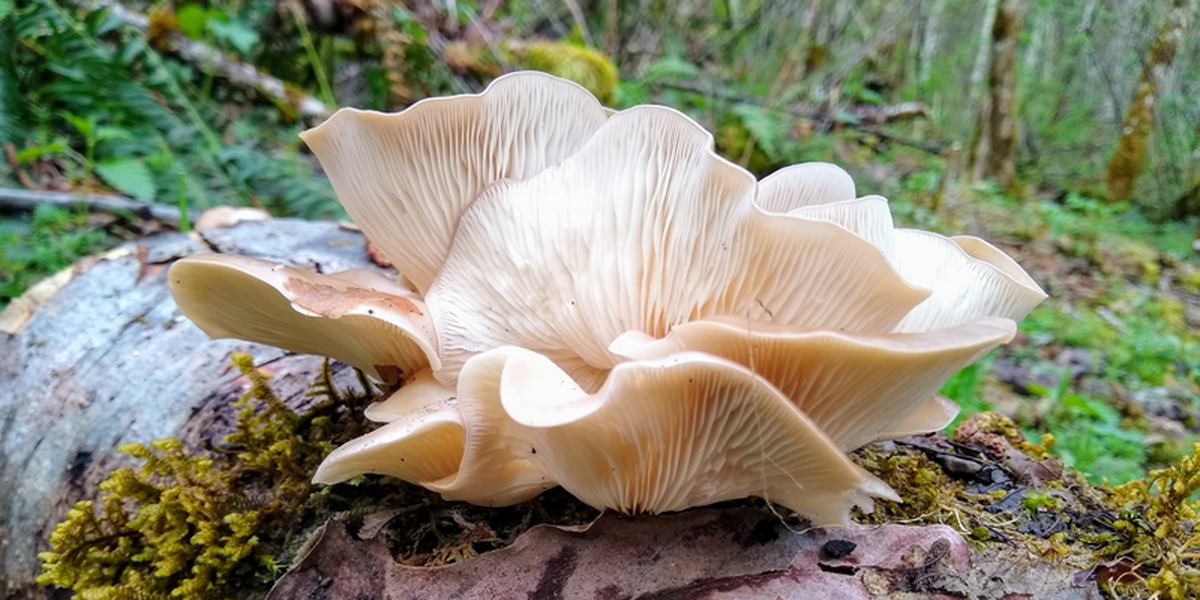
Photo Credit: Peter Kennedy
Similar to plants vying for the sunniest spot on a window ledge, fungi belowground are competing with each other for nutrients they need to survive.
Peter Kennedy — a professor with appointments in Biology Teaching and Learning, Ecology, Evolution and Behavior (EEB) and Plant and Microbial Biology (PMB) — will investigate the functions of ectomycorrhizae, a common type of soil fungi, thanks to two National Science Foundation (NSF) grants.
Ectomycorrhizal fungi are well known for the mutually beneficial partnership — or symbiosis — they strike up with plants. These fungi primarily mine for nitrogen in the soil and then colonize the roots of cooperating plants to share their excess nitrogen. In return, plants give up some carbon. Saprotrophs — another common fungi — need both nitrogen and carbon from the organic matter in soil. How abundant these different fungi are and how active they are can dramatically change dynamics for the surrounding community. In particular, the type of fungi that dominate an area might have significant implications for the amount of carbon stored in soils and how hard that is for other fungi to access it.
“There’s growing evidence that mycorrhizal fungi have roles in ecosystems beyond their well recognized symbiotic relationship with plants. They play important roles — both dead and alive — in terms of controlling how carbon moves in and out of forest soils,” says Kennedy.
Scaling up fungal-driven processes
Since ectomycorrhizae only take nitrogen from litter, including leaf litter, there is evidence that they leave behind carbon bound up in bonds that aren’t readily broken down by other fungi. After several years of work at Cedar Creek Ecosystem Science Reserve, Kennedy and colleagues were interested in whether this would translate in different forest types, with different leaf, fungal and root litter.
To tackle this question and others, Kennedy is partnering with EEB Professor Sarah Hobbie and researchers at Stanford University and the University of Florida in an NSF grant that started in September 2020. By scaling up experiments across several ecosystems in Minnesota, California and Florida, they will assess whether findings are limited to specific systems or whether they are common across systems.
A key new component of this work is directly linking the breakdown of litter to the amount of carbon actually retained in soil. Hobbie provides critical expertise in conducting detailed chemical analyses of soil that will help determine how much these fungal interactions translate into increased soil carbon storage. Lang DeLancey, a PhD student in EEB co-advised by Hobbie and Kennedy, will spend significant time in the field at Cedar Creek Ecosystem Science Reserve conducting this research.
Don’t ignore the dead
Another important factor to understand carbon soil dynamics is dead fungi. The second grant was awarded in April 2021 will focus on this. “Dead fungi make up a lot — up to 80 percent — of the carbon that hangs in soil and this grant will focus on how quickly or slowly this happens and who is at play,” says Kennedy. He joins PMB Professor Jonathan Schilling and two colleagues from Lawrence Livermore National Laboratory and University of Maryland, Baltimore County on the research team.
Schilling brings expertise in wood rot. In the Schilling lab, the research team will take a suite of decomposer fungi — some that they already know well and some new players — and chemically analyze them as they break down fungal mycelium. Through work with their collaborators, they’ll also get a clearer picture of bacteria’s role and how quickly nutrients move from fungal mycelium into plants in both field and lab settings.
Kennedy hopes that this new information will help researchers predict decomposition rates based on a suite of factors — including what fungi are present and what material they’re breaking down. Ultimately, these findings will better inform climate models, which for decades have had soil carbon cycling as a generalized black box. —Claire Wilson